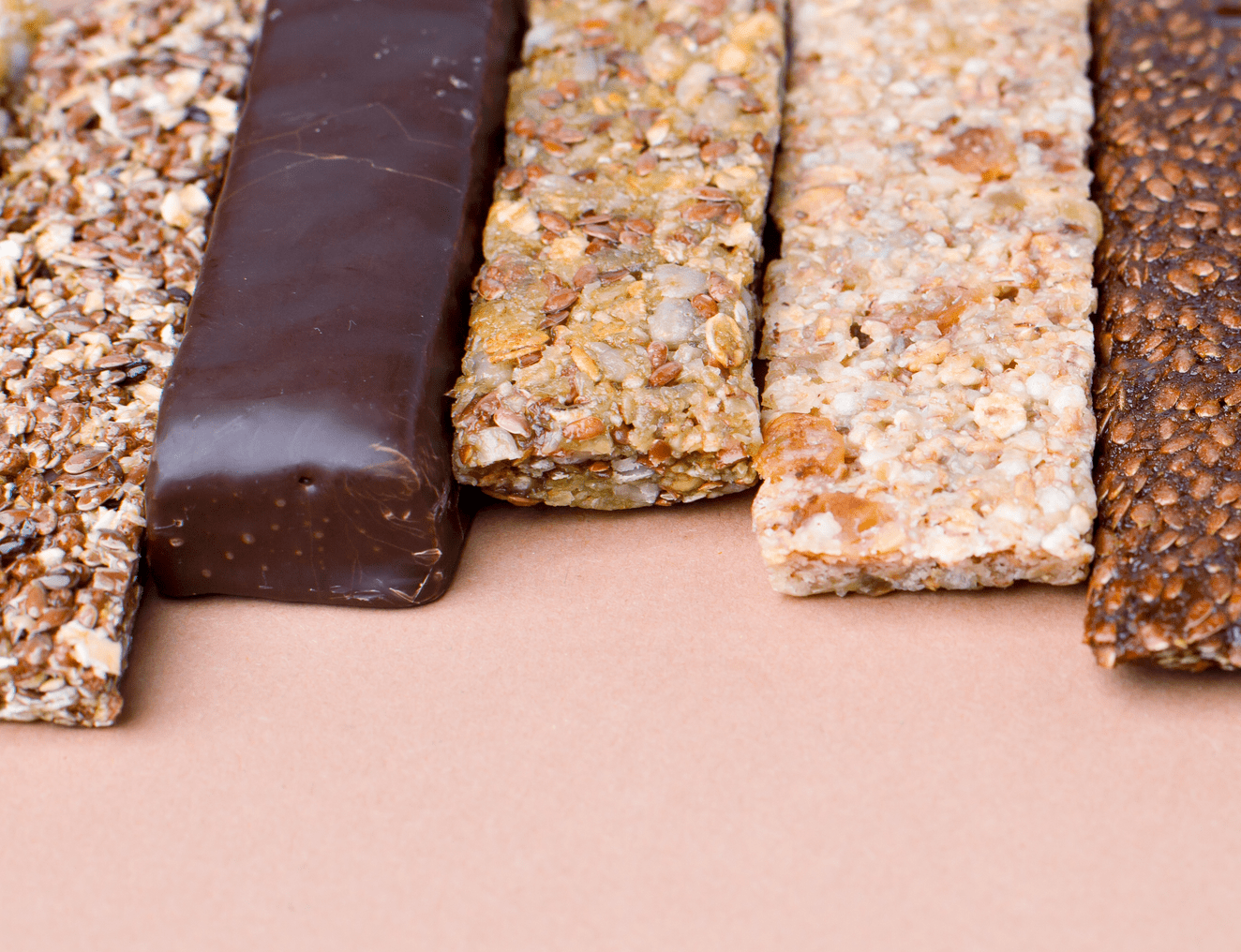That’s the question right there: what is the next texture component that’s going to rock the boat in the protein bar world?
The truth is, texture is becoming a key battleground in the protein bar space. Although many would still argue that it comes second to taste, it’s only just short of coming up trumps. Because if we think about bars through an indulgence lens, texture sits front and centre alongside taste. A soft bite, a chewy pull, a crisp snap: sensory details that create uniqueness and interest.
Barebells leads the way in texture-first protein bars
Barebells is a clear example of a brand that’s breaking the texture mould, embracing texture as a defining feature, notably in its Soft Protein Bars and more recently with its Chewy Bars. Its deliberate spotlight on texture in the products’ identities signals a thoughtful approach to innovation – and one that’s daring to challenge convention.
Crunchy hasn’t disappeared, either. It’s still very much in play. Take FAYN’s recent Protein Bar iteration, salted caramel pretzel brownie, which doubles down on both taste and texture in a single bar. Incorporating a mix of crunchy pretzel pieces, gooey caramel, and a soft brownie-style base, this trio of textures intrinsically aligns to the bar’s flavour.
Bold texture language: the rise of fluffy, krispy and more
But while the texture itself is a crucial part of any product, it’s the naming and communication that seals the deal. Without clear language, even the most exciting texture can get lost.
N!CK'S gets it. It went loud and proud with “now with even MORE krispiness” on its packaging. Similarly, All Stars launched its Soft & Fluffy bar, introducing a new sensory descriptor to grab and pique curiosity. Fluffy isn’t a common texture term in the bar space, and that’s exactly the point. It sounds fresh and invites exploration.
There are even products that blur the lines between bars and biscuits, like those using wafers to offer a lighter texture such as Novo’s Protein Wafer or MyProtein’s Crispy Protein Wafer. Again, all of these call out the fact they include wafers, instantly signalling to the consumer the type of texture they’re going to experience.
Why texture descriptions drive purchase decisions
Any developments in texture are hard to make tangible before someone has tried them, so the language used is hugely impactful. And it seems like brands understand this, as explicitly calling out the texture of the bar is the approach in vogue.
Consumers don’t just want another homogenous bar, they want experiences and texture plays a huge role in that. The category is ripe for more nuanced, bold, and even unexpected textures, but as a consumer, the language used is the attention grabber, creating curiosity and encouraging purchase.
Signposting texture is a strategic move
Ultimately, the question is this: can the tangible be achieved if it isn’t signposted on the bar itself? Perhaps, but why risk it? Clear naming conventions and texture terminology is one forward progression for bars.








.jpg)

















